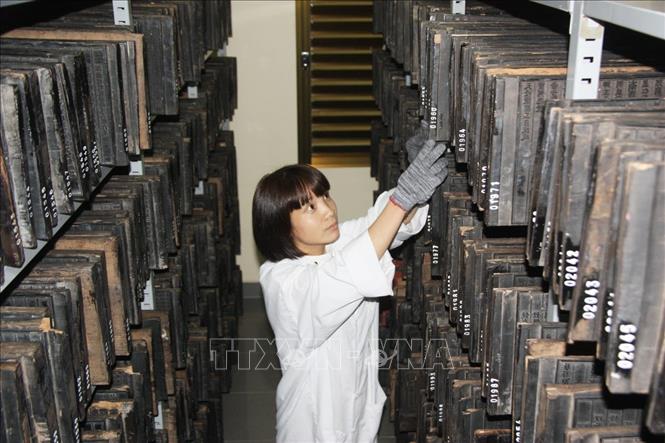 |
| Nguyen Dynasty woodblocks are kept at the National Archives Center IV (Da Lat). Photo: VNA |
Over time, due to the effects of hot and humid climate, termites, mold and especially "rot", many woodblocks are at risk of being irreparable if not treated promptly. Of the nearly 3,000 woodblocks currently stored at the National Archives Center IV ( Lam Dong province), hundreds are in serious damage, threatening the integrity of this precious heritage.
Faced with this situation, Dr. Nguyen Duc Thanh and a group of research experts including Dr. Bui Duy Ngoc, Dr. Nguyen Bao Ngoc, Dr. Nguyen Van Dinh and Master Hoang Trung Hieu, Forest Industry Research Institute (Vietnam Forestry Science Institute) have implemented the project "Research, testing, and proposing solutions to treat rotten Nguyen Dynasty woodblocks". The group has spent a lot of time researching, surveying the field and testing treatment methods to preserve the most intact value of the woodblocks while ensuring safety and longevity.
Dr. Nguyen Duc Thanh, project manager, said that this project not only provides an effective solution to overcome the decay of woodblocks, but also ensures that the restoration does not distort or affect the inscriptions on the woodblocks. This is an important factor because every small detail on the woodblocks is part of the cultural heritage.
During the treatment process, the research team used a synthetic resin (Paraloid B72) that can penetrate deeply into the wood structure, helping to reinforce the decayed surface without deforming or affecting the engraved details. This method has been successfully applied in many countries such as Korea and Japan, providing stable and long-lasting results. In particular, the team also used a scanning electron microscope (SEM) to analyze the woodblock surface before treatment, thereby accurately determining the damage and choosing the most suitable solution. This is a methodical approach, helping the project achieve high precision and ensuring the safety of the heritage.
Instead of using complicated or overly expensive methods, the research team chose an approach based on the principle of minimal conservation, intervening just enough so that the woodblocks do not continue to deteriorate but still retain their original shape, material and elements. The treatment results showed clear effectiveness: the rotten woodblocks after being treated no longer peeled or crumbled; the wood structure was reinforced and stabilized, and durability was increased without affecting the inscriptions or content details.
The research project not only stops at technical feasibility but also brings practical efficiency. Timely treatment helps reduce long-term restoration costs, while preserving the original state of the woodblocks, an element of special value in research, academic work and cultural promotion. Thanks to its high applicability, the project was awarded the third prize of the 2024 Science and Technology Innovation Award and received funding from the US Embassy Fund for Cultural Preservation (AFCP) and is continuing to be replicated in the next phase.
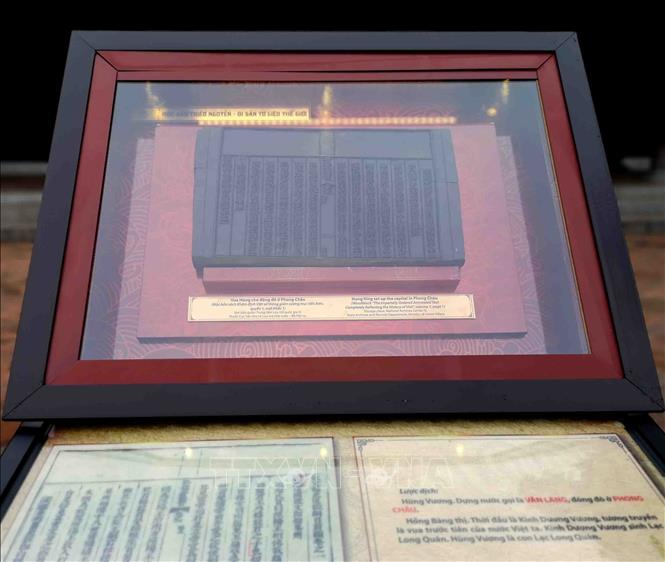 |
| Woodblocks of the Nguyen Dynasty at the exhibition “National Name and Capital of Vietnam in Woodblocks of the Nguyen Dynasty – World Documentary Heritage”. Photo: Thanh Tung/VNA |
Sharing about the implementation process, Dr. Nguyen Duc Thanh said that since the Politburo issued Resolution No. 57-NQ/TW dated December 22, 2024 on breakthroughs in science, technology, innovation and national digital transformation, researchers have had more opportunities to access resources, equipment and appropriate financial mechanisms. This is a necessary condition for projects such as the processing of Nguyen Dynasty woodblocks to be implemented methodically, in the right direction and put into practice.
Resolution 57 clearly identifies science and technology as the key driving force for rapid and sustainable development of the country. In particular, the Resolution not only focuses on the high-tech sector, but also encourages applied research in cultural preservation, development of social sciences and humanities associated with digital transformation and innovation. For the research team at the Forest Industry Research Institute, the Resolution has opened up a favorable legal corridor, creating motivation for in-depth investment in applied research, while encouraging interdisciplinary coordination between the fields of: Materials technology, heritage preservation, cultural archives and scientific communication.
From a pilot treatment project, the model is gradually being expanded and shared with other archives, contributing to the formation of a sustainable conservation solution system for ancient wooden documents. In the future, the research team hopes to apply this method to the treatment of other types of tangible heritage such as wooden statues, ancient architecture, and religious objects, which are also greatly affected by time and the environment.
Dr. Nguyen Duc Thanh said that the success of the project “Processing decayed woodblocks of the Nguyen Dynasty” affirms the role of science and technology in preserving national memory. This is not only a technical effort, but also a harmonious combination of modern knowledge and a sense of responsibility for national history and culture.
VNA
Source: https://baodanang.vn/channel/5414/202506/ung-dung-hieu-qua-giai-phap-xu-ly-moc-ban-bi-hu-hai-4009741/








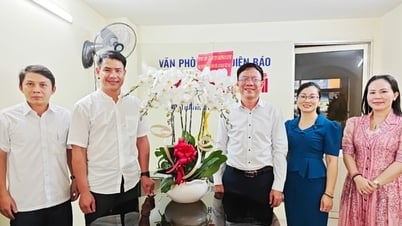






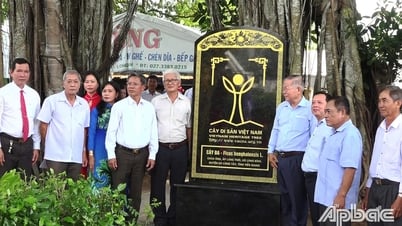































































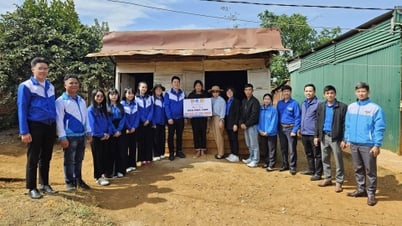

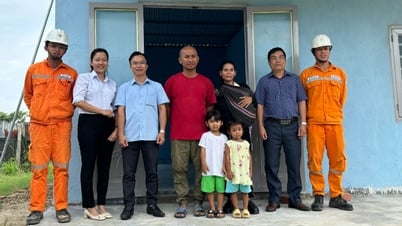
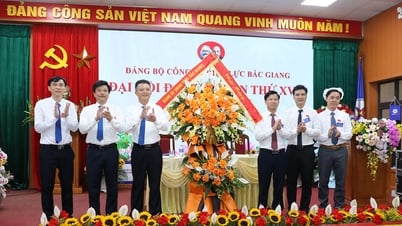





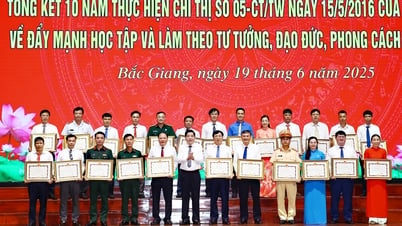















Comment (0)